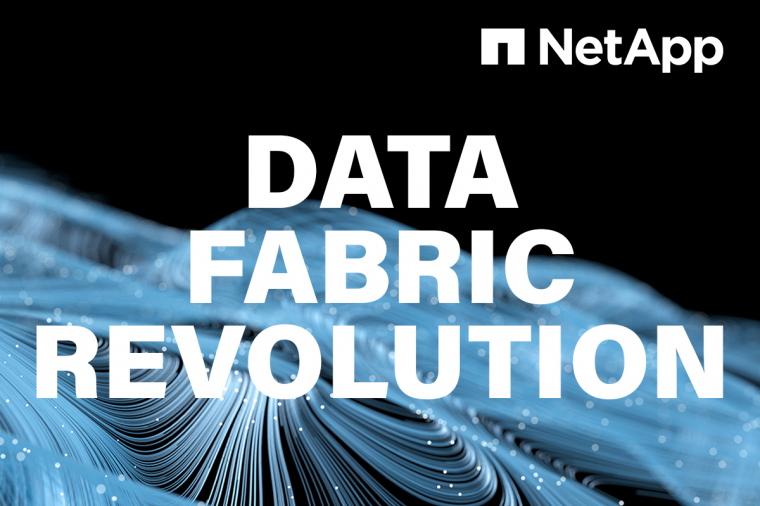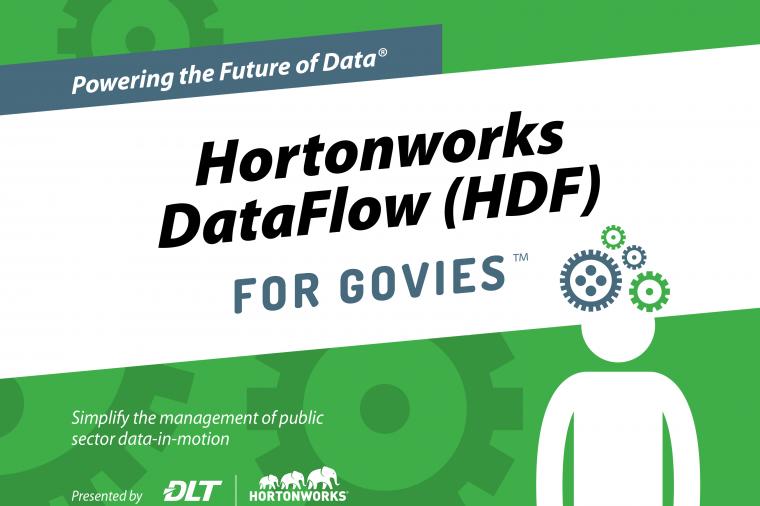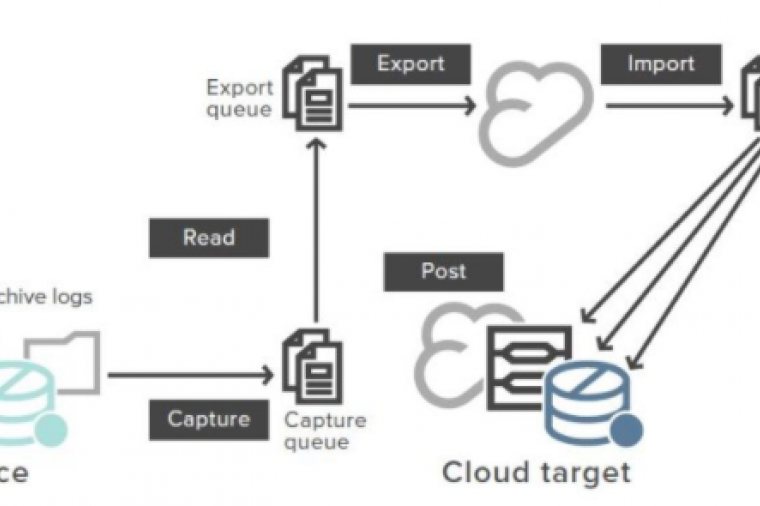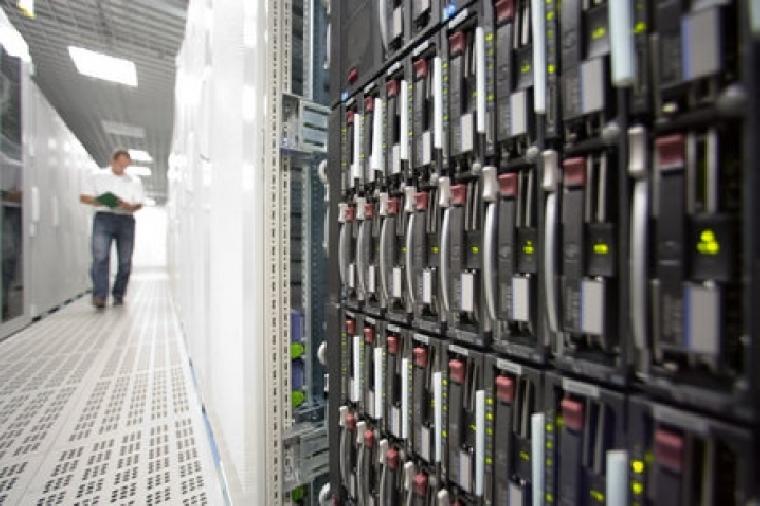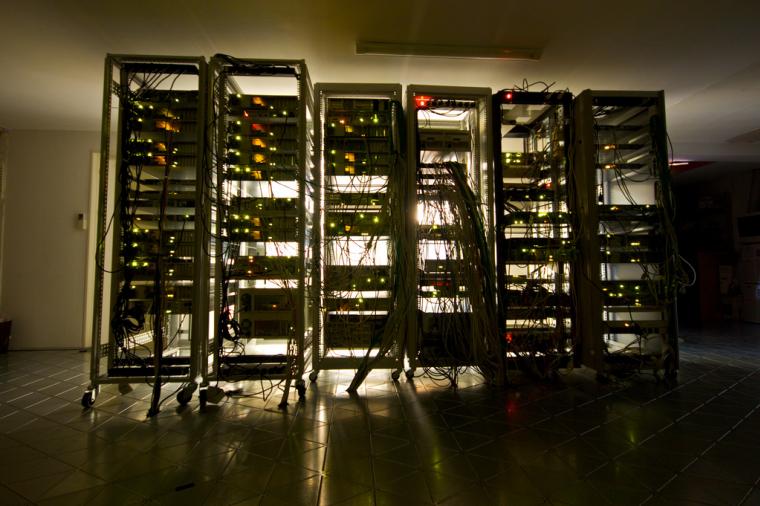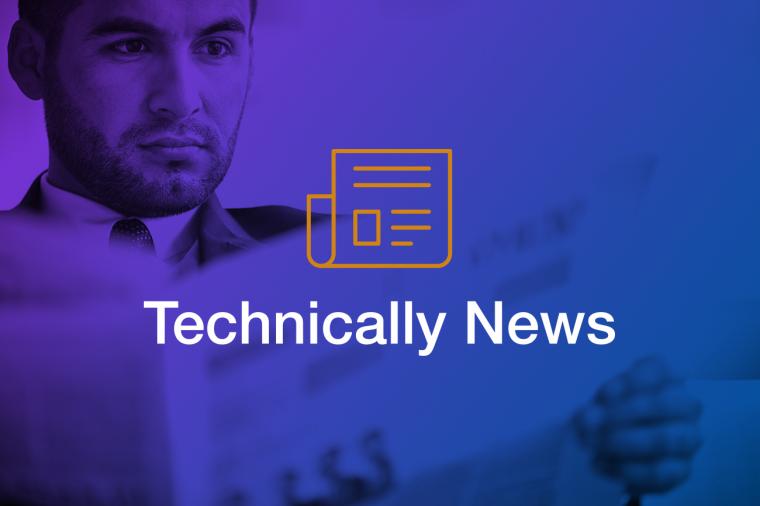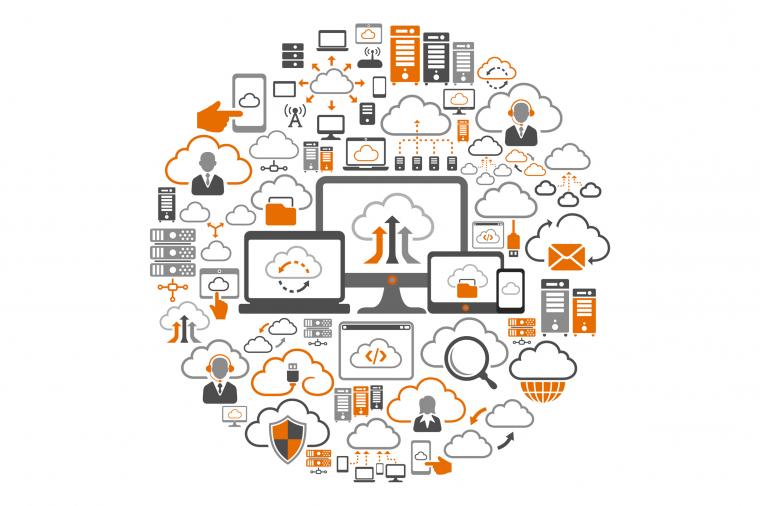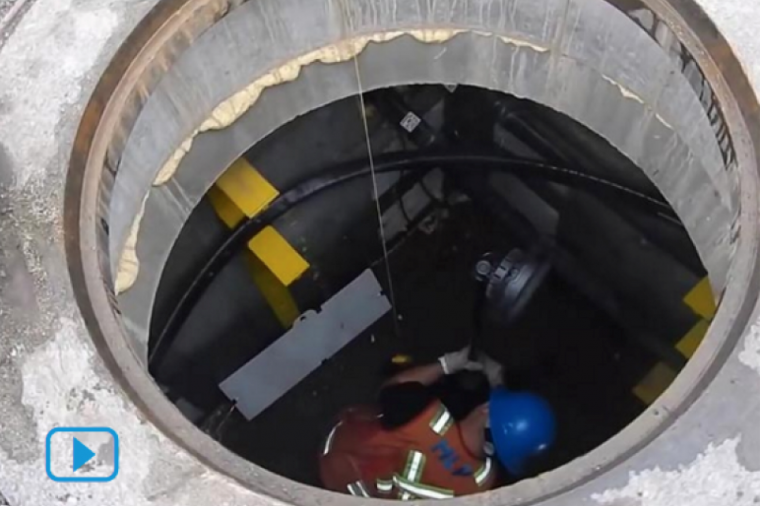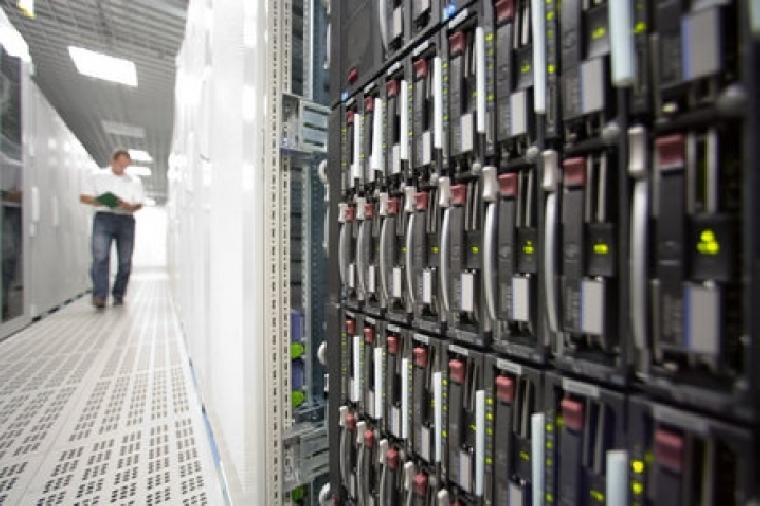Last time we checked in with Garrett Dunwoody, San Mateo County’s Open Data Manager, we talked about cybersecurity as it relates to open data for Cybersecurity Month. We also went over the definitions of open data and open government. Since then he has moved from the county’s Information Services Department and now works out of the County Managers Office on budget, performance, policy, and Open government initiatives. Today, we continue our conversation, but this time focusing on the why of open data and its relationship with open government.
Let’s get broad: Why open data?
Garrett: Open data segues into, and is the easiest tool for, open government. It’s honestly the first step because it’s tangible, useful, and you can do things with it which have results. Open data initiates the move towards transparency which is the ultimate goal of open government.
Providing people with raw and unfettered data shows not only what government is doing, but on what data is valuable in the decision making process. Releasing data also provides people access to data. Depending on the tools available within an agency’s data portal, tools can be built into the portal that allows for analysis and visualization of the data. This process gives constituents the opportunity to turn data into information. As we’ve seen over the last few years, people are doing pretty great things with data that used to just sit around on government hard drives.
How and where do you start?
Garrett: Most organizations already do this to some degree. However, as someone who is responsible for helping implement these open data solutions, you have to be willing to collect and mine data within and throughout the organization. In essence: function as a data evangelist. My focus has been to promote cross agency collaboration through data. The goal in mind is to broker the free movement of data throughout the organization and eventually make it accessible to constituents and other entities outside of government. The thought here is to promote ventures with other constituents, public sector agencies, non-profits, or with private companies. Internally, we call these “partner groups.” So in short, it’s about understanding what data you have and figuring out what data you want to “open” up. A good place to start is looking at data that can answer relevant and meaningful questions such as, “What can we do to improve reading proficiency in youth?”
Once you have the data, you need to structure it in a way that allows you to move it more efficiently into the data portal. We used to pass data to each other in Excel sheets, however, that’s not overly efficient. Where we can automate, we automate, but our open data portal allows for the direct loading of many data types into the platform so we have a lot of options in who can open data. You don’t have to be technical to make your data available in the portal.
So in wrapping this up, when you have the data, you need to create a framework that allows you to understand it and use it. For example: We use a company’s platform that helps us generate reports which sorts and visualizes the data in San Mateo County’s Open Data Portal. Then we look for trends, outliers, and other indicators that help us begin to piece together an answer to our original question(s). Open data should help lead an agency to more data drive decision making.
You then want to set goals for the data. What gets measured gets done. Finally, you need to release your data and findings to the public. This last step is another facet of our county’s “open” initiative.
The proof is in the pudding. Do you have or know of any open data successes?
Garrett: Sure. As I mentioned in our first discussion, the City of Palo Alto, the City and County of San Francisco, Edmonton Canada, the State of Maryland, and many others all wanted to provide its constituents with better data and information. I consider these agencies successful in their open government efforts. Specifically, I really like the venture San Francisco put together with Yelp. Now, if you’re in San Francisco and use Yelp to find a restaurant, you’ll also be able to learn about their recent health inspections. This is a perfect example of how the public and private sectors can work together and how opening data helps citizens.
In San Mateo, we have a medical center that’s now collecting and using data about emergency room wait times. Recently, the Health System used that data to create a tool for citizens that helps them understand emergency room wait times better; for example how long they might have to wait at certain times of day. They have also taken that information and compared the data with private hospitals in the area. This process has provided both public and private organizations an opportunity to benchmark their performance with other agencies. If the data hadn’t been opened this would not have likely happened.
In closing, we are using open data as one of our tools to build a framework for collaboration and civic engagement.
Thanks Garrett for the insights! Here’s my Twitter-friendly takeaway: Open government is:
- A mindset
- A process
- Problem solving
- Collaboration
- A tool
As part of our ongoing open government series with Garrett, we’re working on a process infographic to help your agency move toward opening your own data. We’ll be launching it in March so check back with us soon!
Do you have any personal open data or open government stories? Please share them below.



